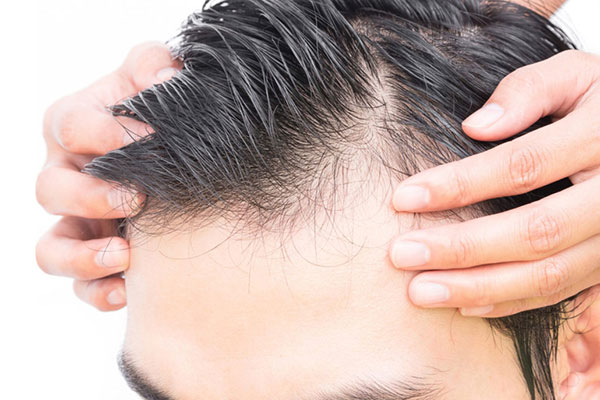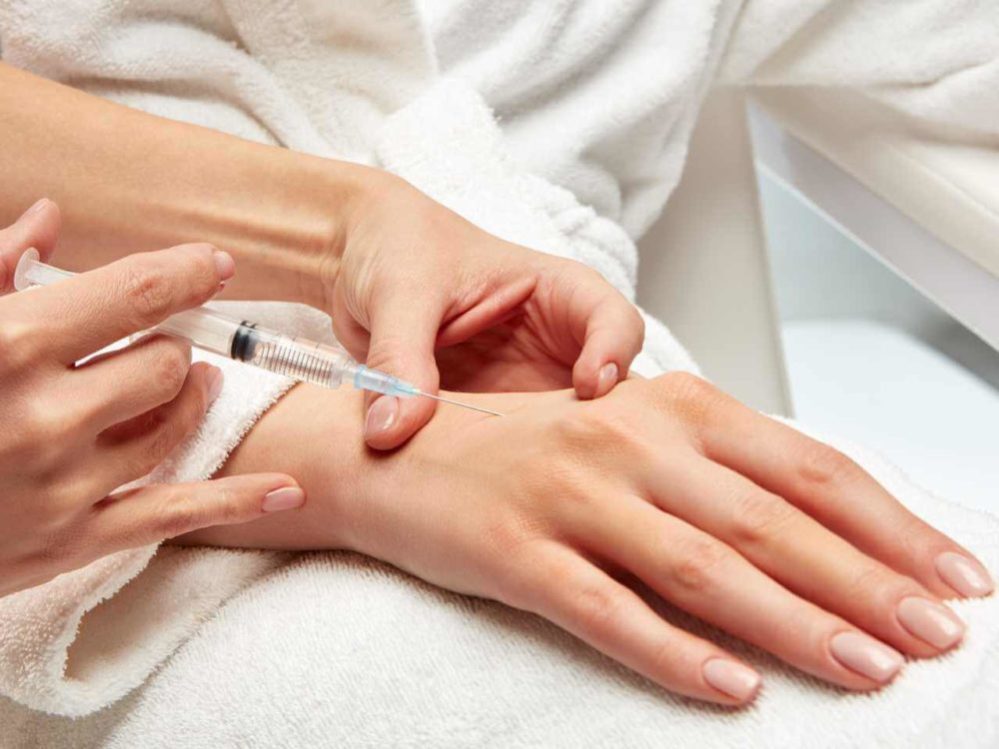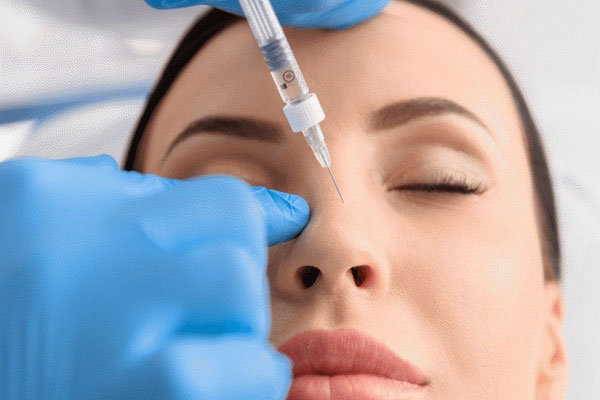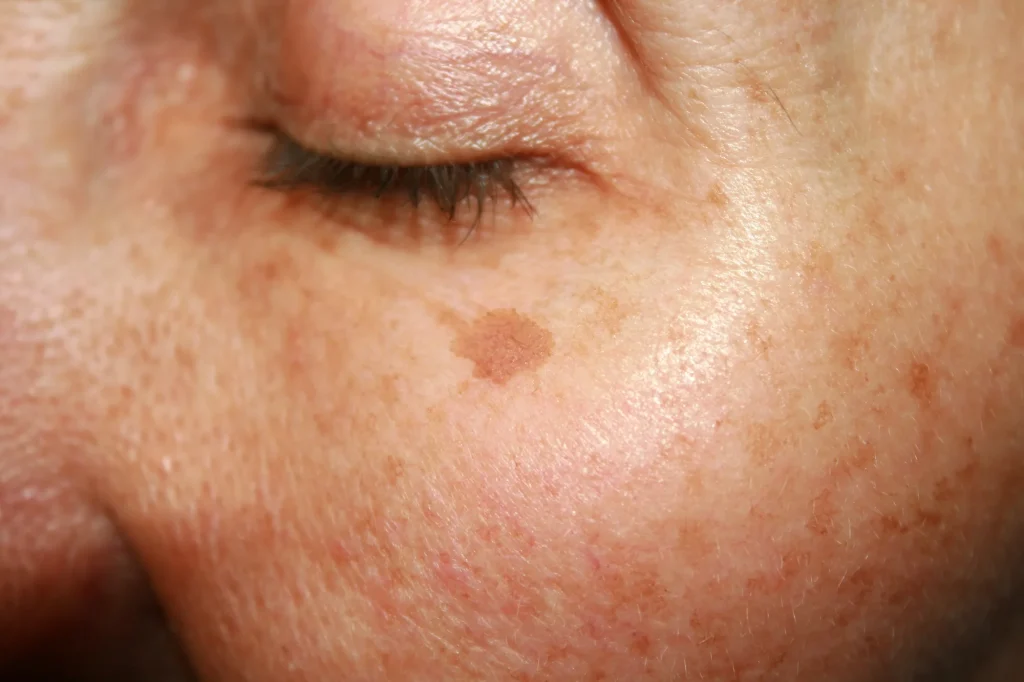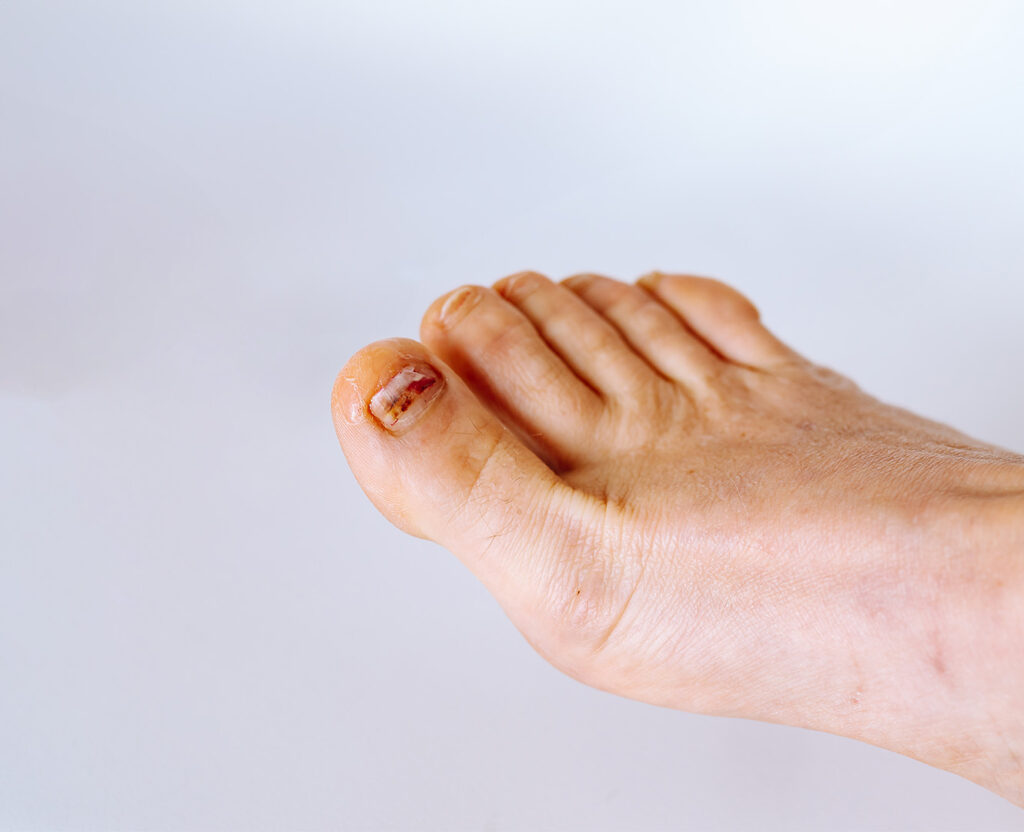
Chemical Peeling

What is Chemical Peeling?
Chemical peeling is a clinical dermatological procedure that involves applying special solutions to the skin to exfoliate the outermost layers in a controlled manner. This process targets issues such as dullness, pigmentation, acne scars, and fine lines. Conducted under professional supervision, the treatment is customized based on the individual’s skin type using various acid types and concentrations.
Types of Chemical Peels
Superficial Peel
Superficial peels typically use alpha hydroxy acids (AHA) or beta hydroxy acids (BHA). They are suitable for mild discoloration, clogged pores, and uneven skin tone. Recovery time is short and well-tolerated.
Medium-Depth Peel
This peel uses trichloroacetic acid (TCA) to treat sunspots, acne scars, and fine wrinkles. The skin usually peels within a few days post-treatment, revealing a smoother texture.
Deep Peel
Phenol-based solutions are used for deeper wrinkles and scars. This intensive treatment requires longer recovery and must be performed under strict medical supervision.
Skin Concerns Treated with Chemical Peels
Chemical peels can effectively reduce acne marks, uneven skin tone, sun-induced pigmentation, and fine lines. They also help tighten pores and improve overall skin texture, making the skin appear refreshed and revitalized.
Treatment Process and Session Details
The procedure begins with cleansing the skin, followed by the application of a specific solution. Sessions last between 15 to 30 minutes. While superficial peels may require weekly sessions for 4–6 weeks, deeper peels are typically done in a single session with longer recovery time.
Post-Treatment Care and Recovery
Following a chemical peel, redness, a mild stinging sensation, and skin peeling are common. Proper sun protection and the use of recommended moisturizers are essential during this sensitive period. Avoiding direct sunlight significantly helps the skin heal safely and effectively.
Benefits of Chemical Peeling for Skin Health
Chemical peels promote skin cell renewal, resulting in smoother, more radiant skin. They can enhance self-confidence by addressing visible skin concerns. Regular sessions provide noticeable improvements, especially in cases of acne-prone or photoaged skin. ✅
Chemical Peeling Prices
The cost of a chemical peel varies depending on the type of solution used, the severity of the skin issue, and the number of sessions required. Please contact our clinic to receive personalized treatment planning and detailed price information.
| Feature | Description |
|---|---|
| Procedure Duration | 15–30 minutes |
| Recovery Period | 1–7 days (depending on peel depth) |
| Recommended Sessions | 1–6 sessions based on skin condition |
| Treatment Areas | Face, neck, décolleté, back |
Frequently Asked Questions
When does peeling start after the procedure?
Peeling usually begins within 1–3 days after the session, depending on the depth of the peel.
Can chemical peels be done during summer?
They are generally preferred in fall and winter. If performed in summer, strict sun protection is essential.
Are chemical peels safe for sensitive skin?
Yes, but they should always be performed under dermatological supervision using formulas appropriate for sensitive skin types.
Are the results of chemical peels permanent?
Results can be long-lasting depending on the skin concern, but ongoing skincare is necessary to maintain improvements over time.
Chemical peeling is a trusted method in aesthetic dermatology for rejuvenating the skin and addressing multiple skin concerns. When administered by experienced professionals, it supports skin regeneration and contributes positively to overall quality of life.

